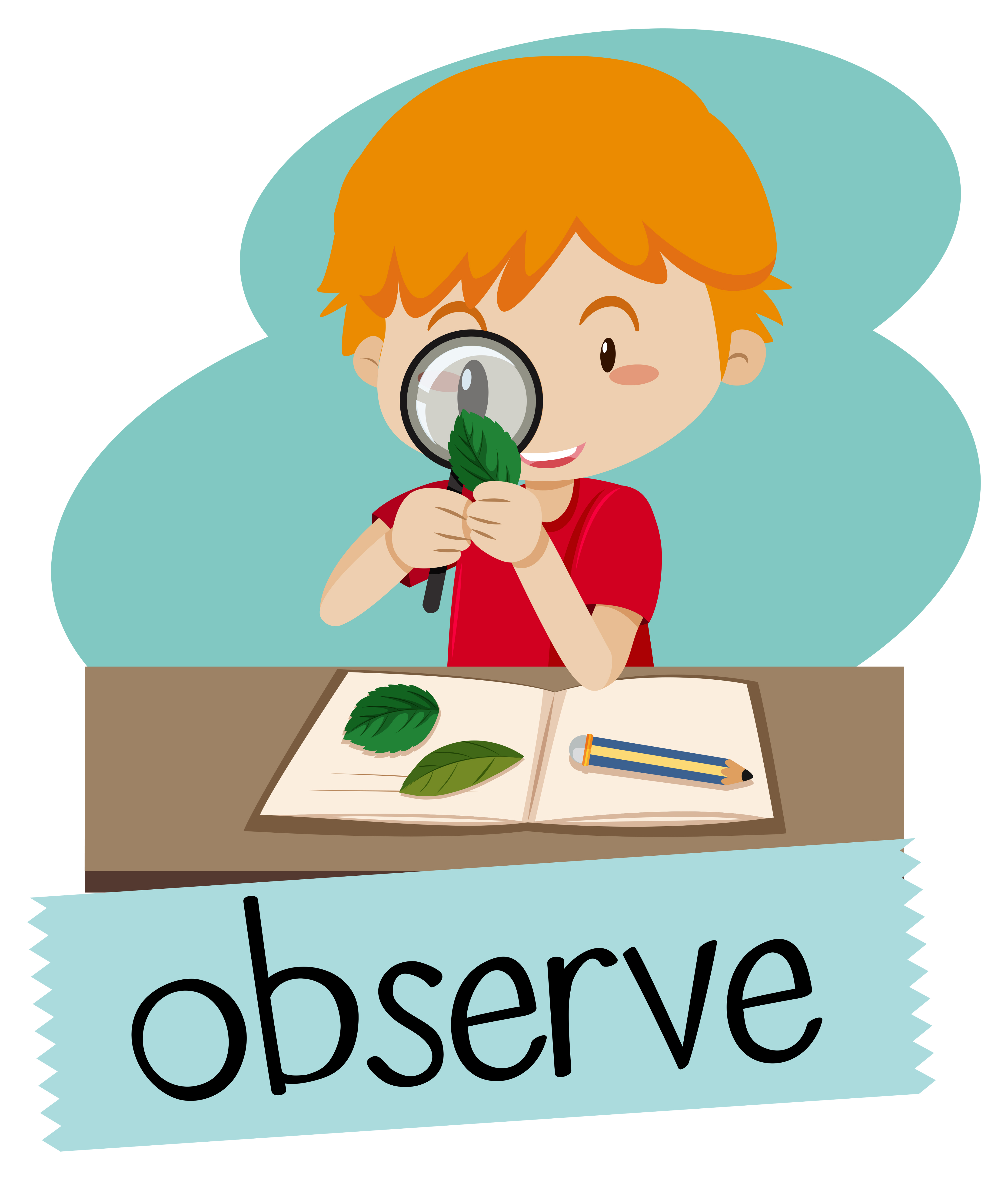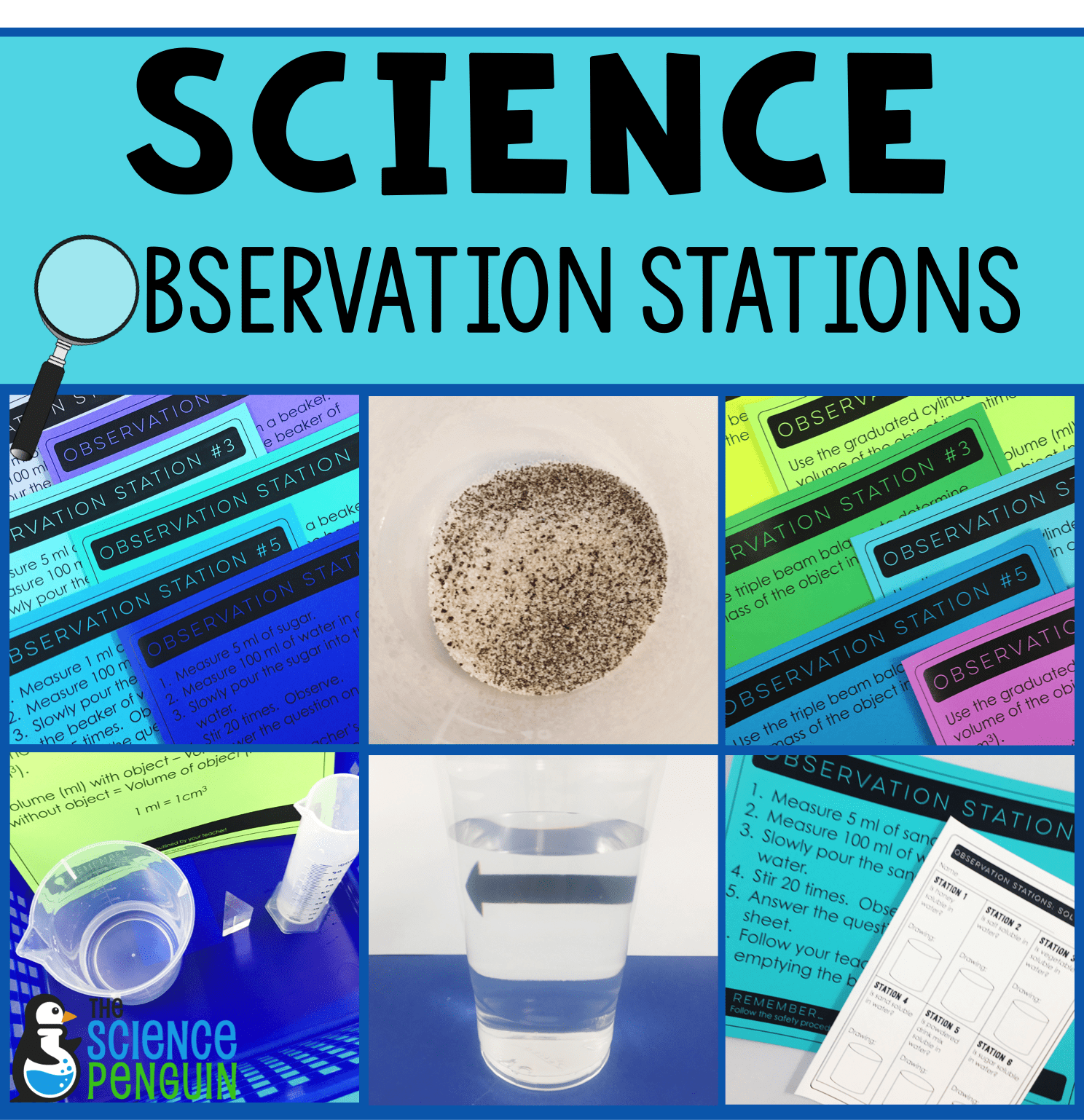


For this purpose they used JWST's Mid-Infrared Instrument (MIRI). Recently, a group of astronomers led by Luis Colina of the Spanish Astrobiology Center in Madrid, Spain, decided to perform mid-infrared observations of GN20, aiming to shed more light on its properties. The molecular gas distribution in this galaxy shows a clumpy stellar structure with a diameter of approximately 45,600 light years and kinematics consistent with that of a massive rotating disk. GN20 is located in a protocluster or galaxy overdensity, has an infrared luminosity of some 18.6 solar luminosities, and a star formation rate (SFR) of about 1,860 solar masses per year. You might want to go somewhere new so the kids have lots to observe, or you can challenge them to find something new or look at something in a new way in their everyday environment.At a redshift of 4.05, GN20 is one of the most luminous dusty star-forming galaxies (DSFGs) known to date. Try to work some of these fun observation projects into your schedule this week. Such worksheets can be found or created for any observational study. These particular worksheets ask questions about various aspects of nature to spark good observations. Worksheets, such as this printable Nature Observation Notebook, can help. Sometimes, students need a little guidance when it comes to making good observations. Let the students decorate it and make it their own. It can be fun to keep a notebook dedicated to observations. Older students can write down their observations and younger students can draw theirs. Whether they are recording a science experiment or a walk in the woods. Journaling is a great way for students to record their observations and build their observation skills. Was there a change in the kids’ observation skills? Journaling Can they tell? Do the activity again, but this time give them a moment to observe the room before they leave and you do your rearranging. Invite the kids back into the room and ask them what is different.

Quickly, move pillows or a chair, bring something new into the room….make a change to the room. Do an activity in the room unrelated to the observation lesson. What is different? – Choose a room of the house where you and the kids spend a lot of time. Have them list as many items on the cookie sheet as they can recall. Allow your kids to observe them for 30 seconds, then take the cookie sheet away. Place 15 or 20 small household items on a cookie sheet. Memory Game – I remember playing this party game growing up. But how do we teach observation skills? Observation Activities Those powers of observation will come in handy throughout their lives – not just in science class. Teaching our students to observe is so important. Notice, it is based on observations. Without correct observations, the entire scientific method is compromised. Did our hypothesis hold true or do we now have another hypothesis? Once that is complete, we analyze our data from our observations to get our conclusion. To test to see if our hypothesis is true, we need to create an experiment or make more observations to gather more information. Our attempt to answer our questions based on our observations, past experience, knowledge and reasoning is an educated guess, or hypothesis. Scientific research and inquiry is based on the power of observation. Our observations often lead to more questions.


 0 kommentar(er)
0 kommentar(er)
